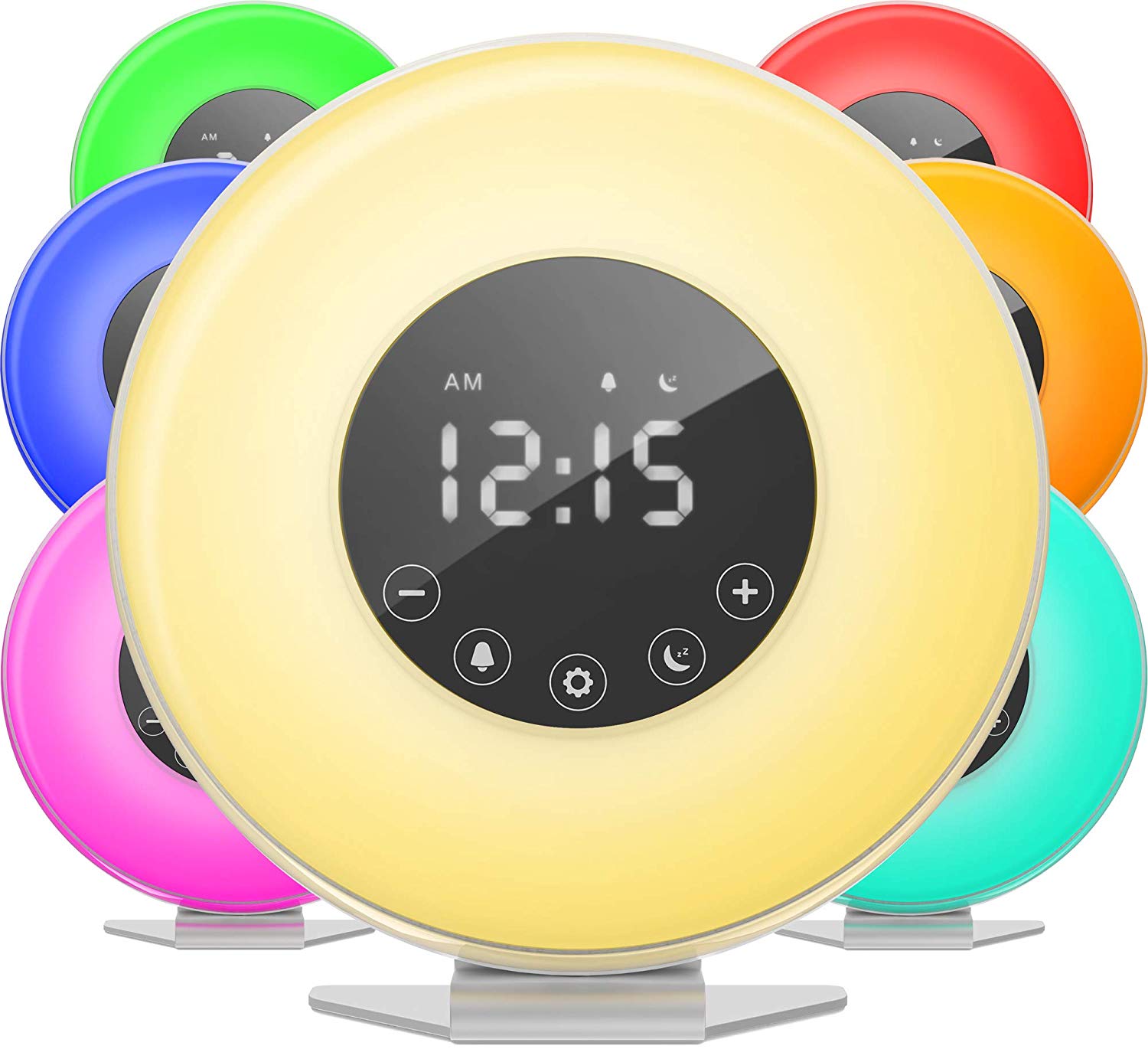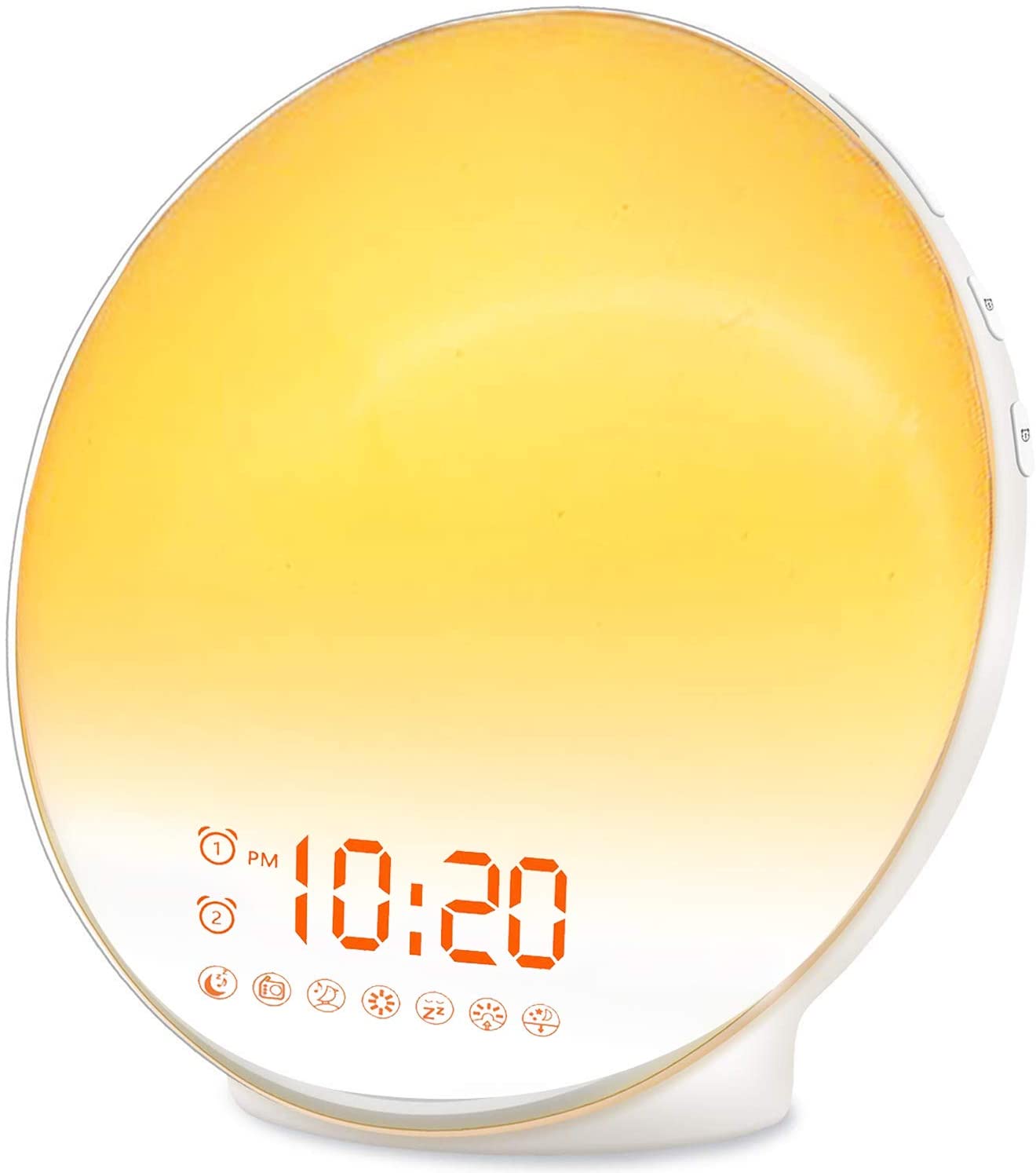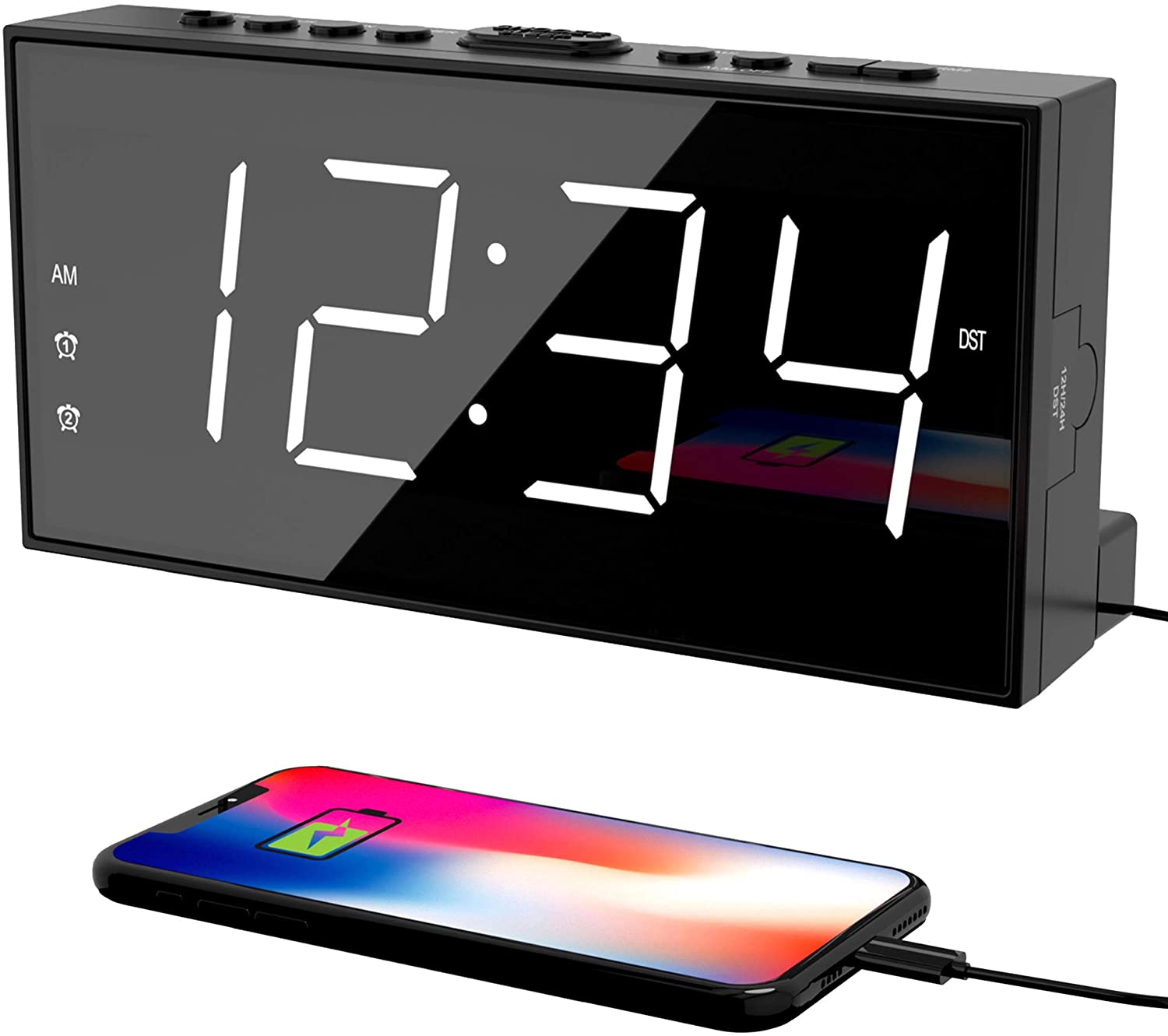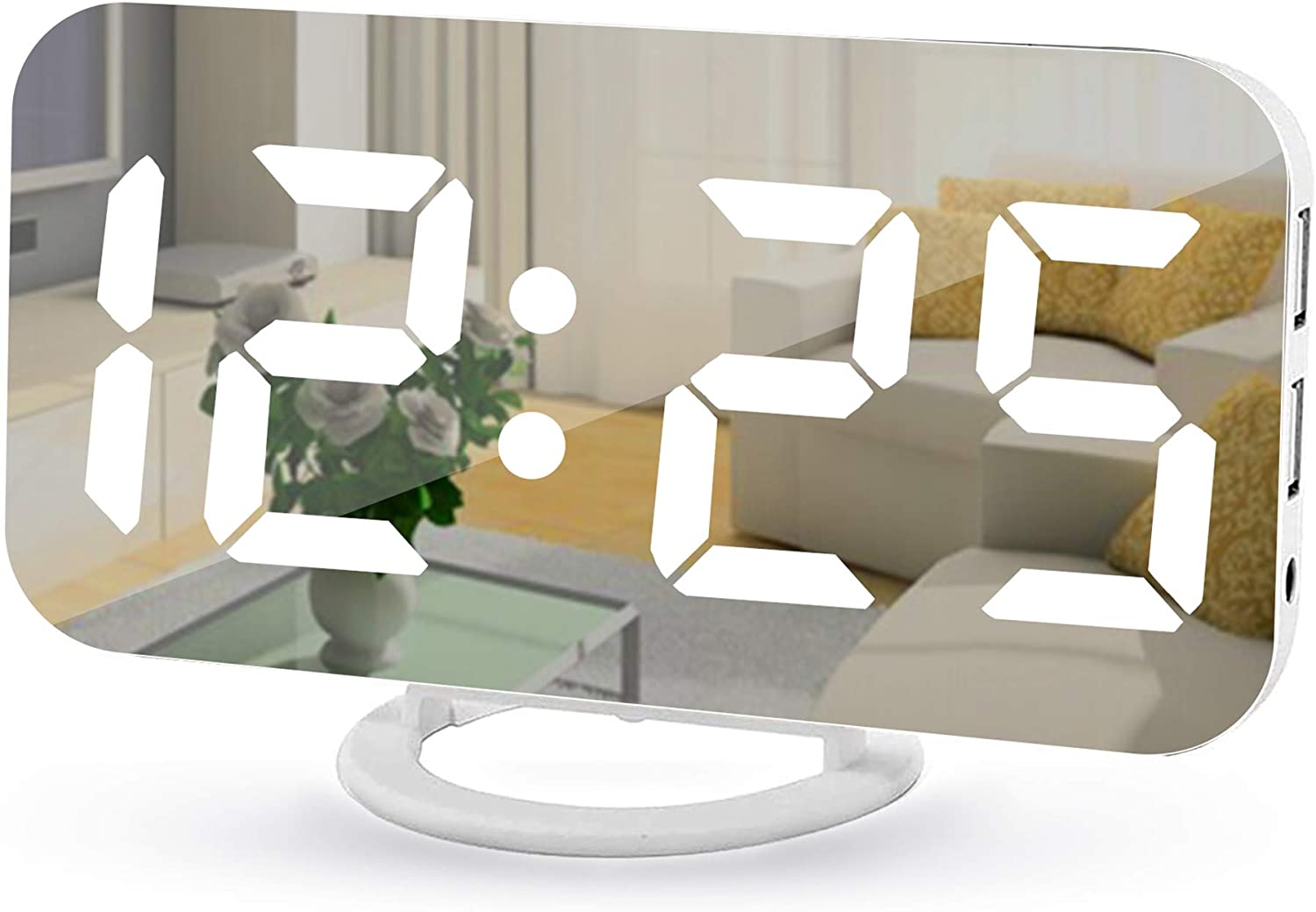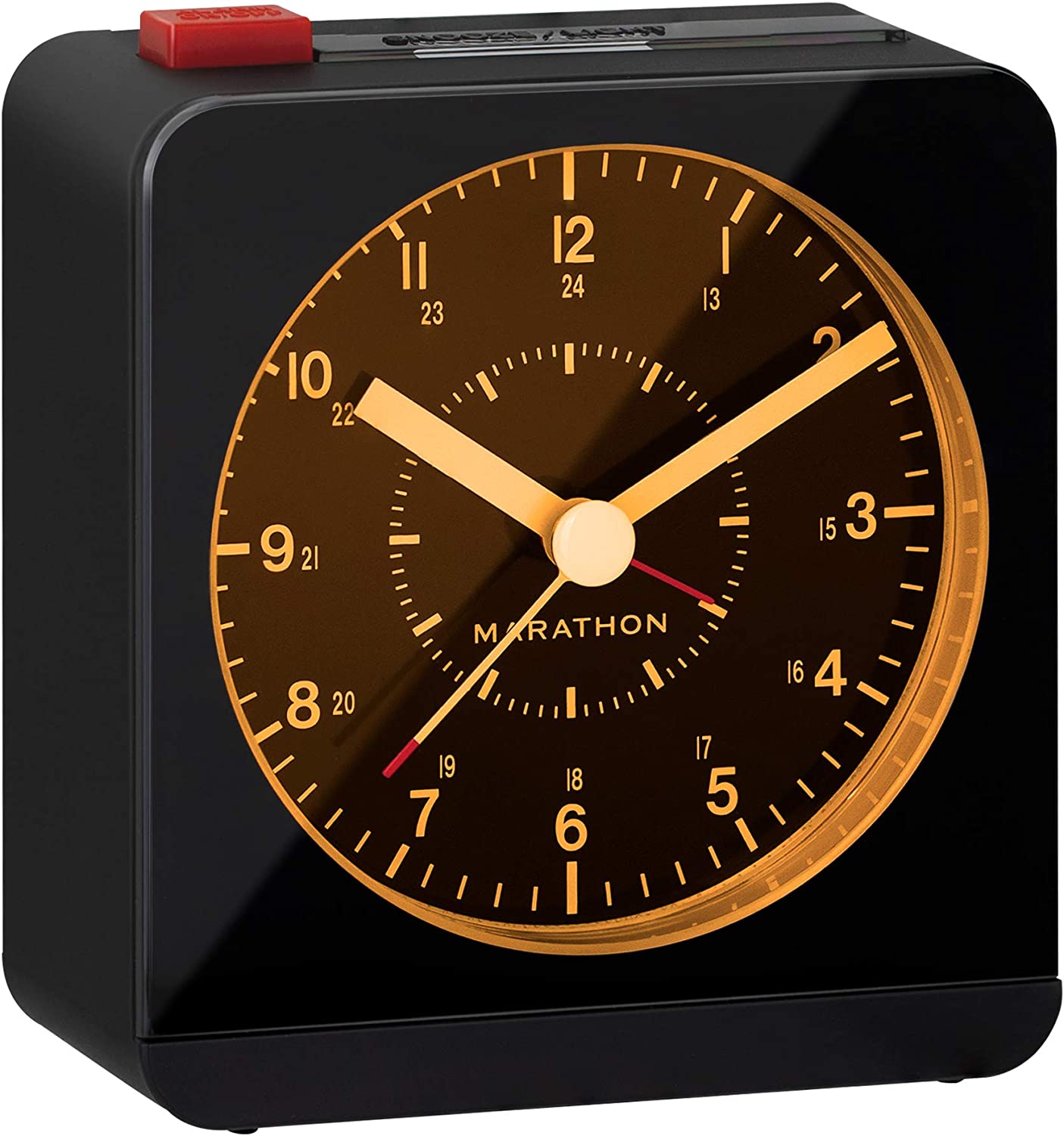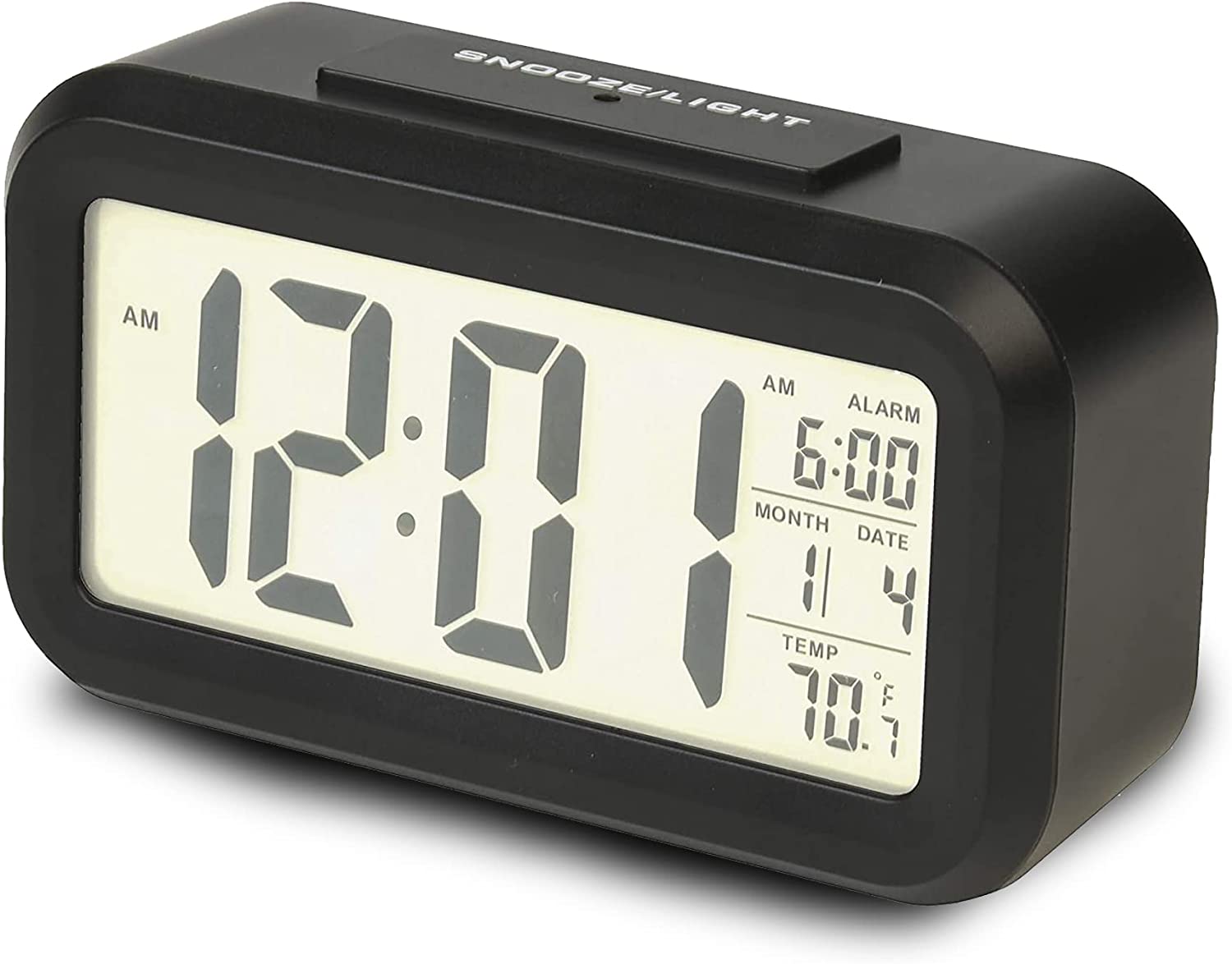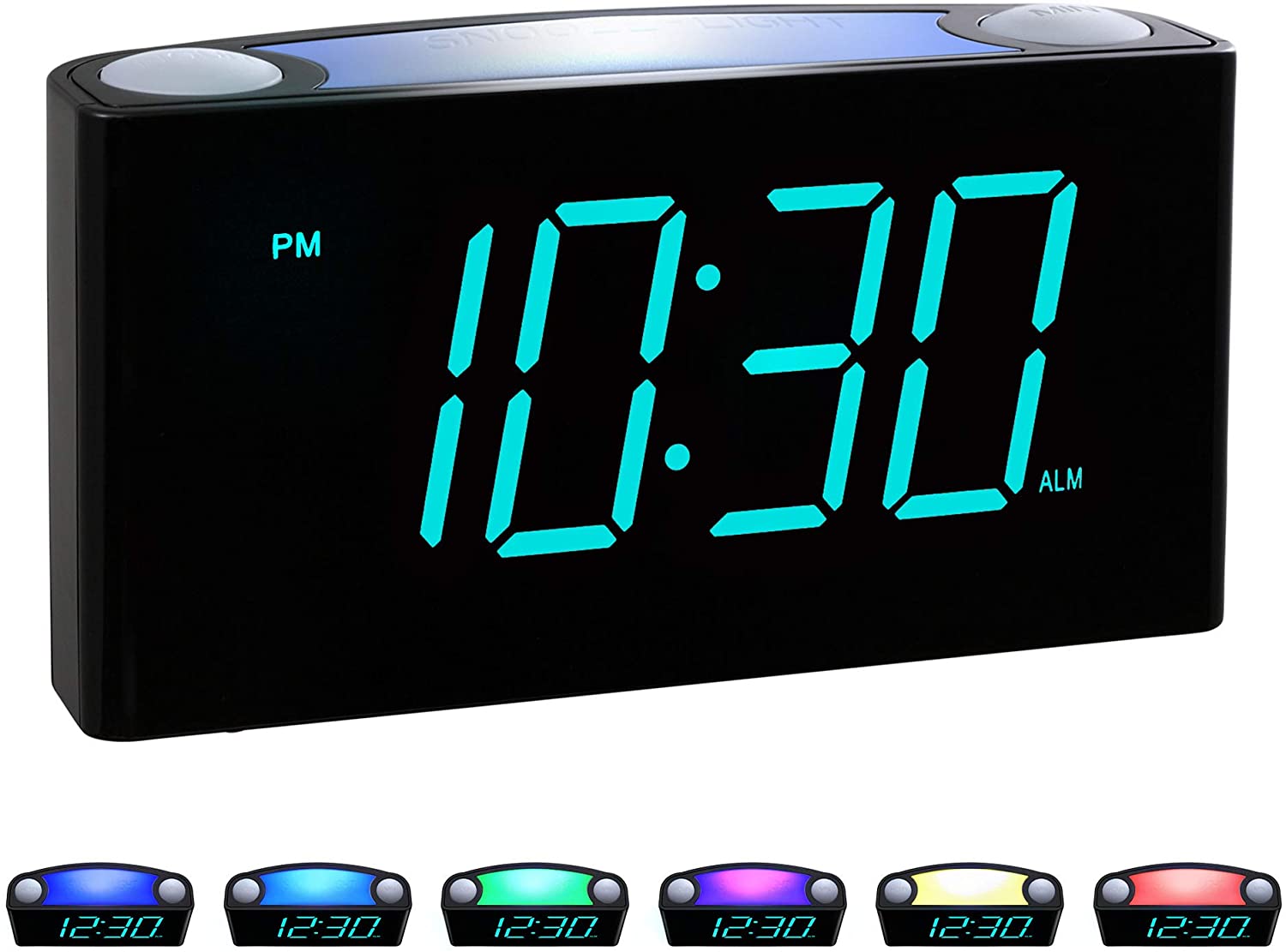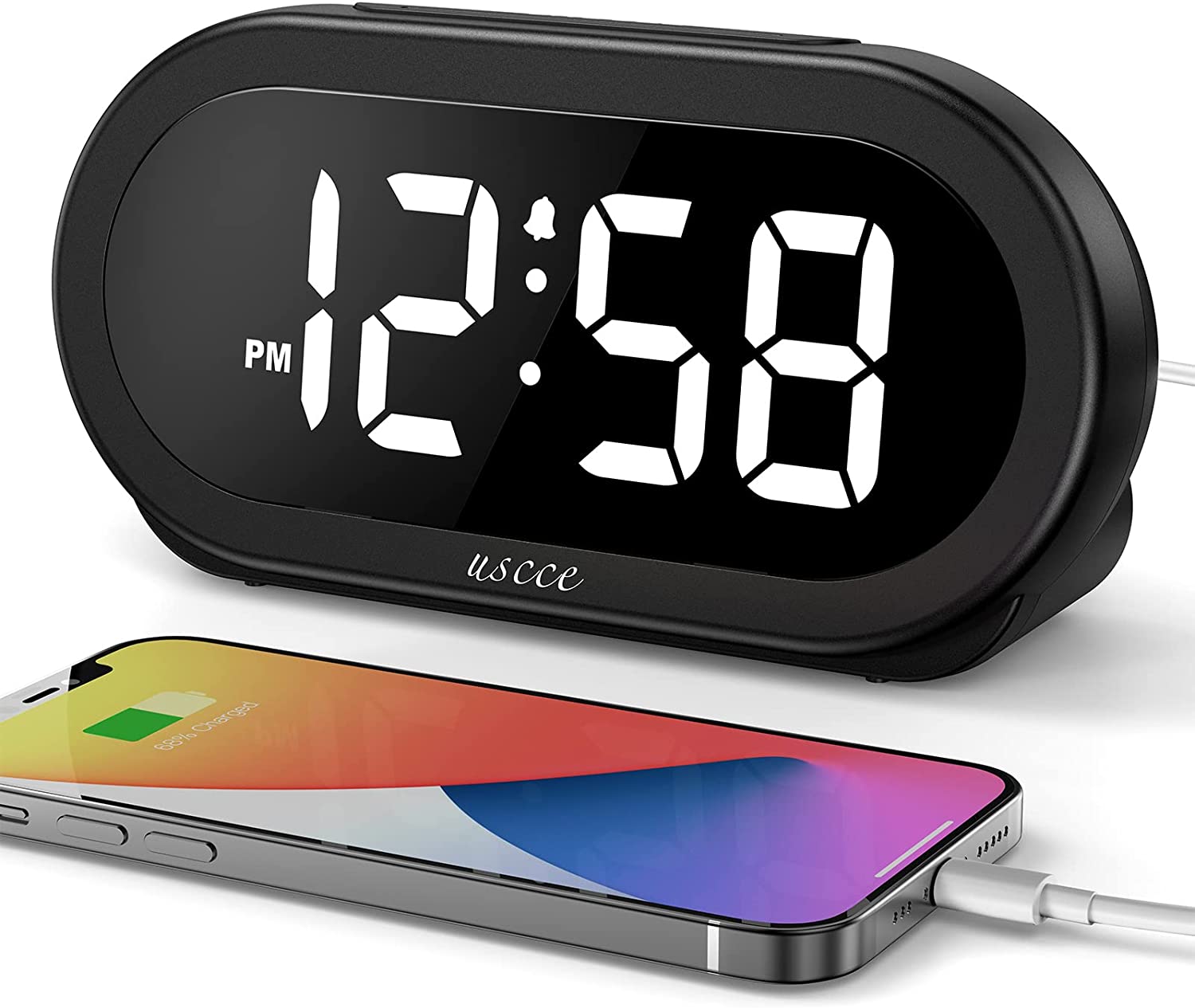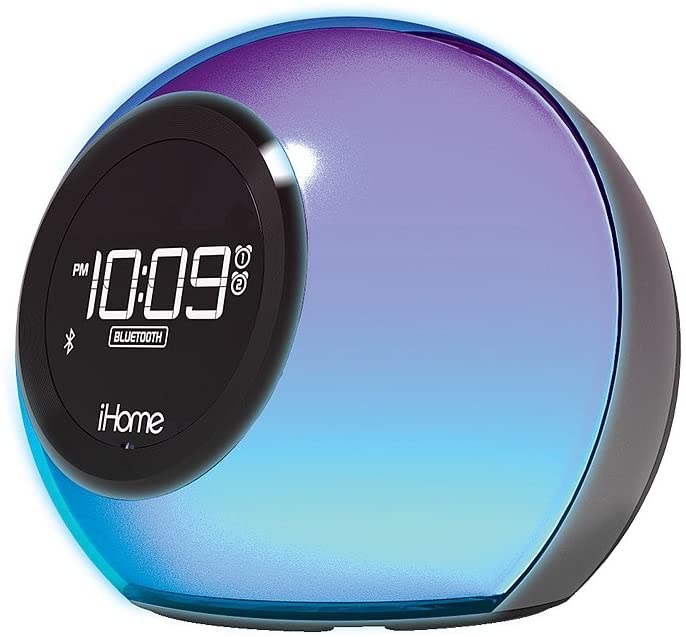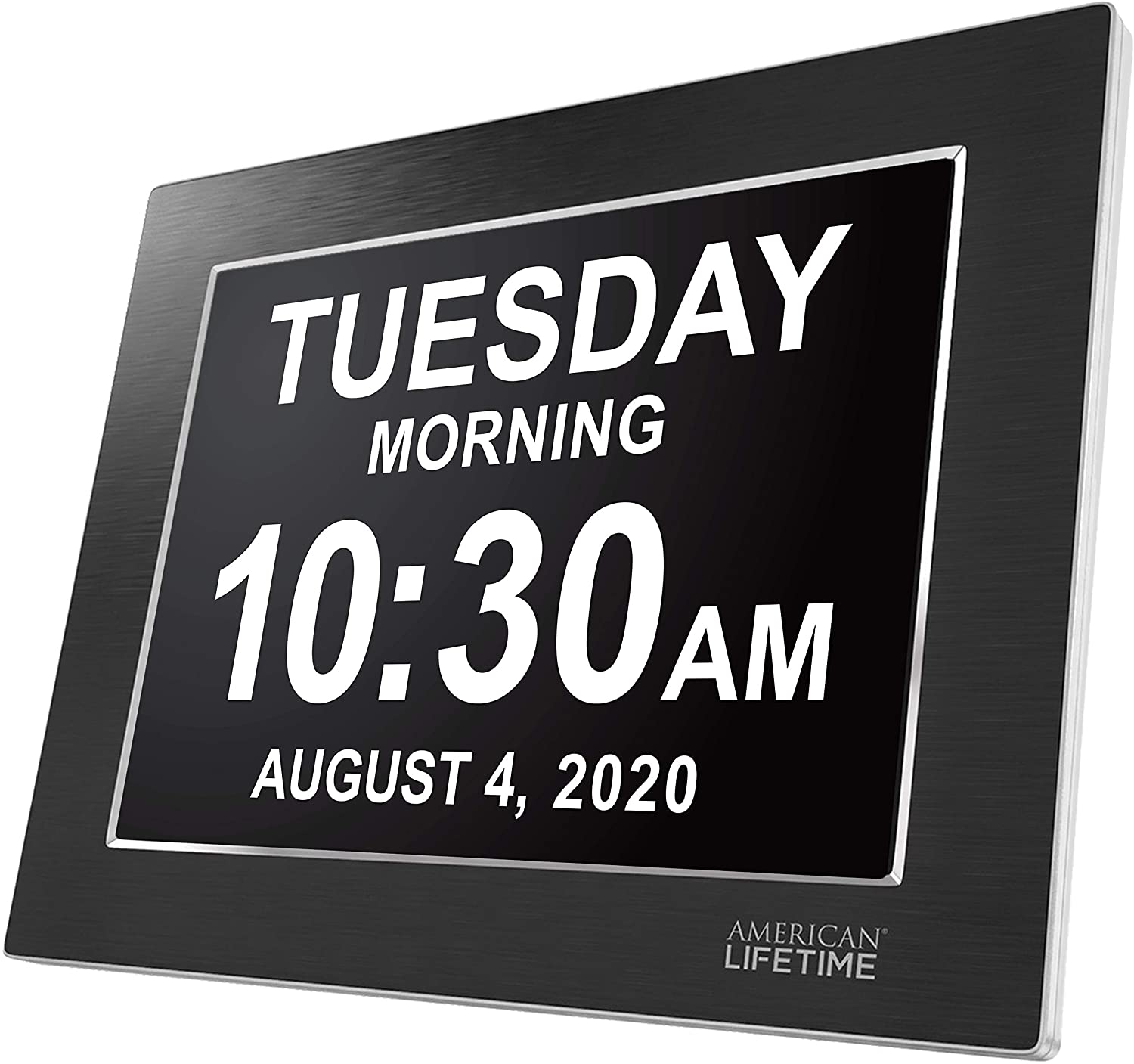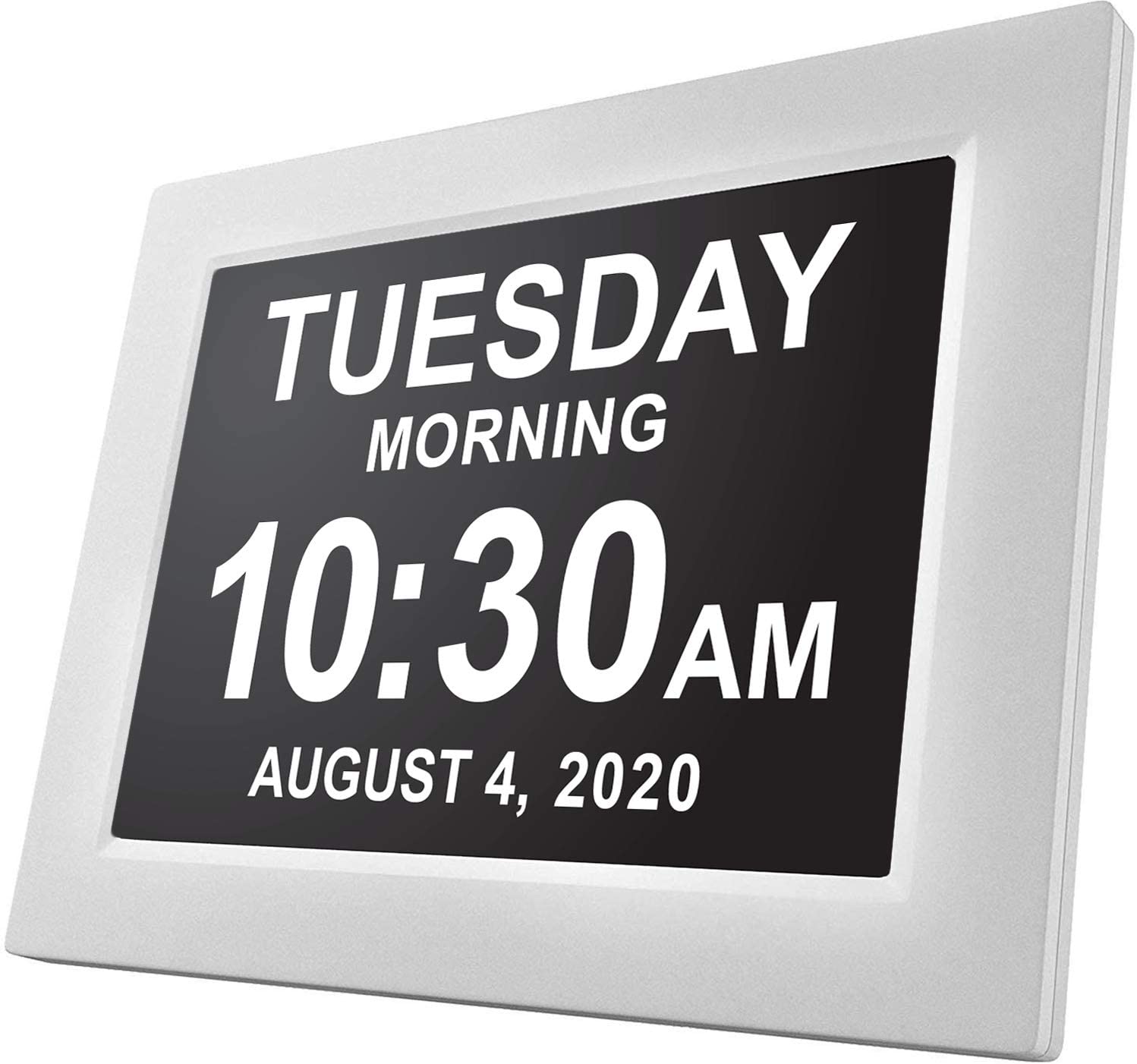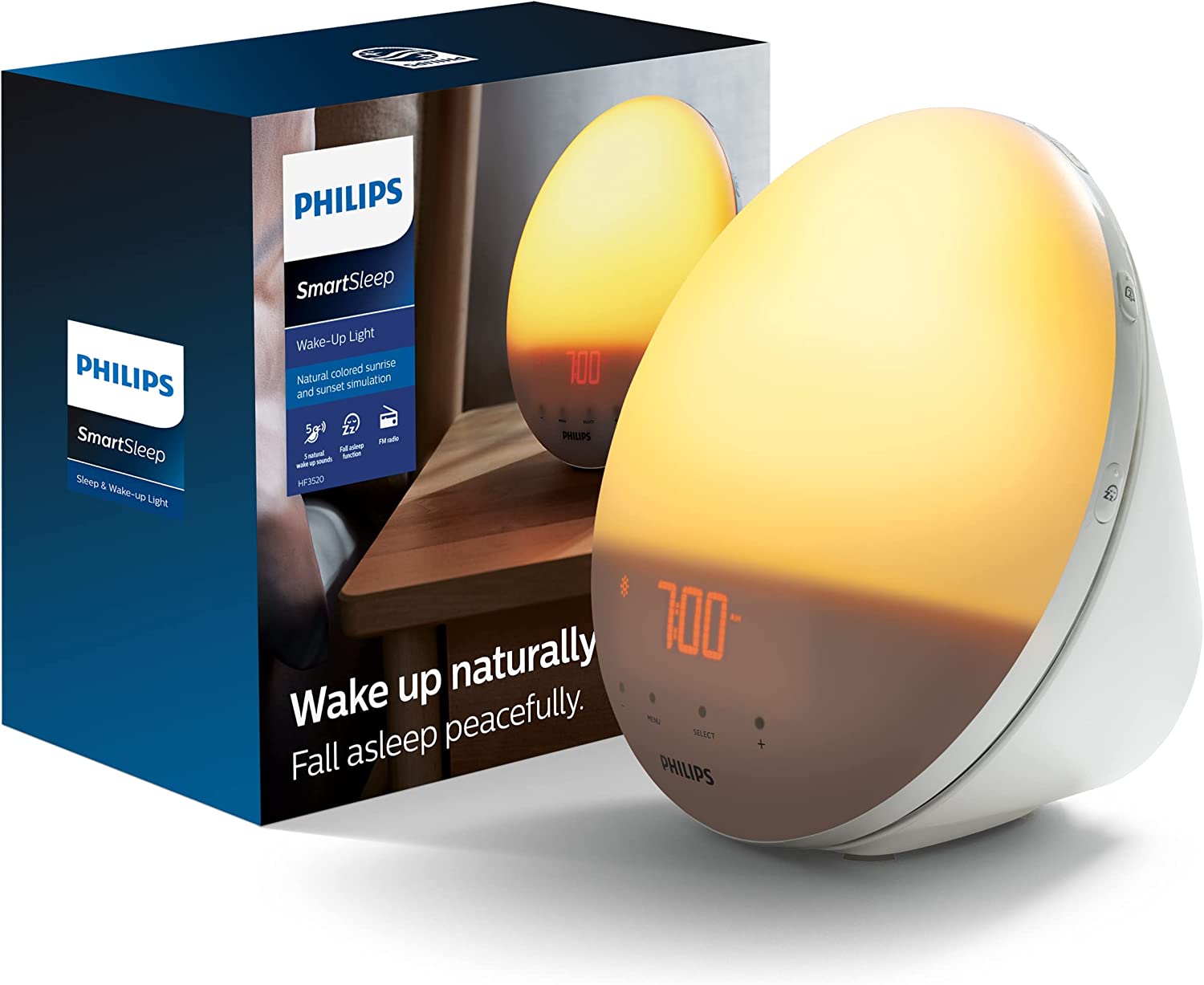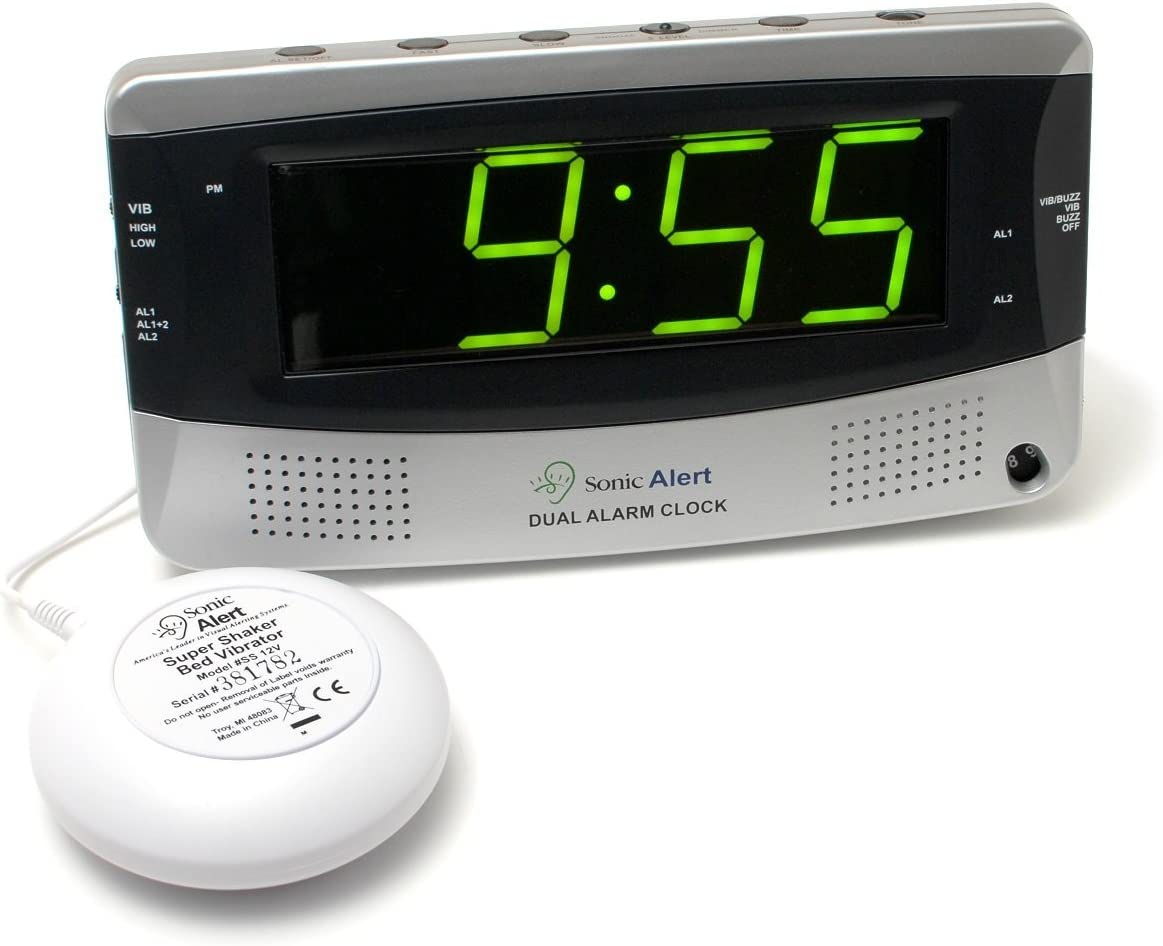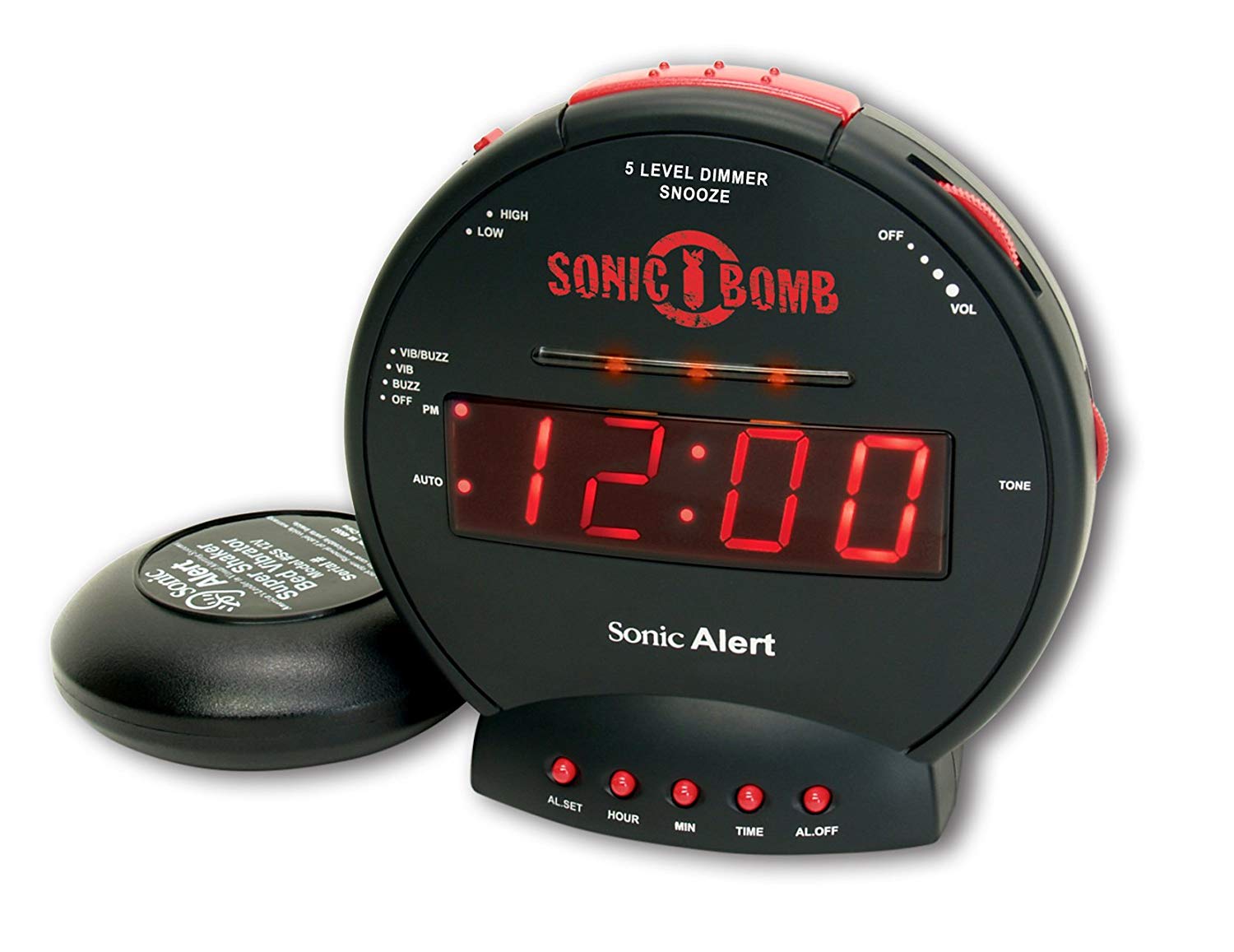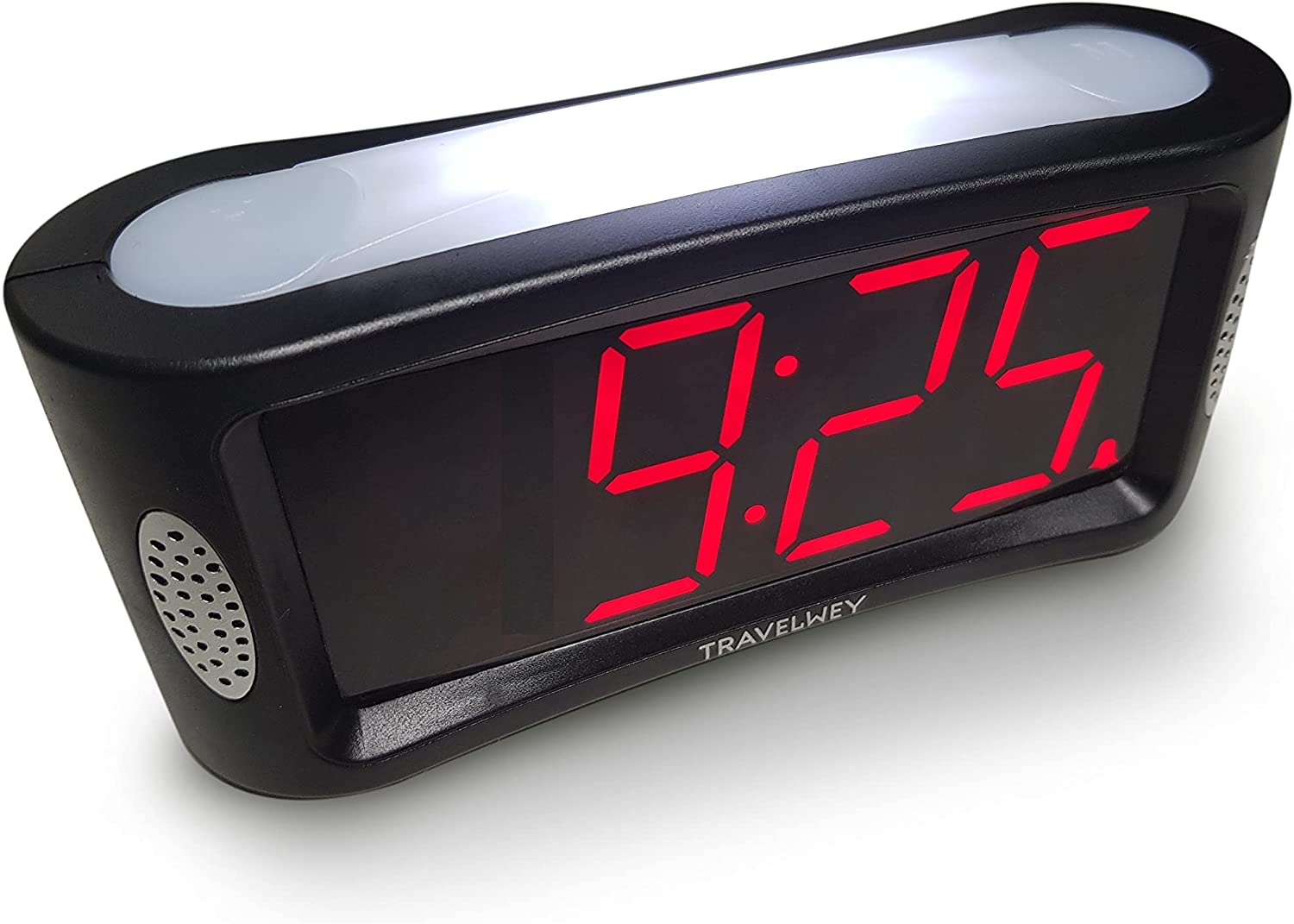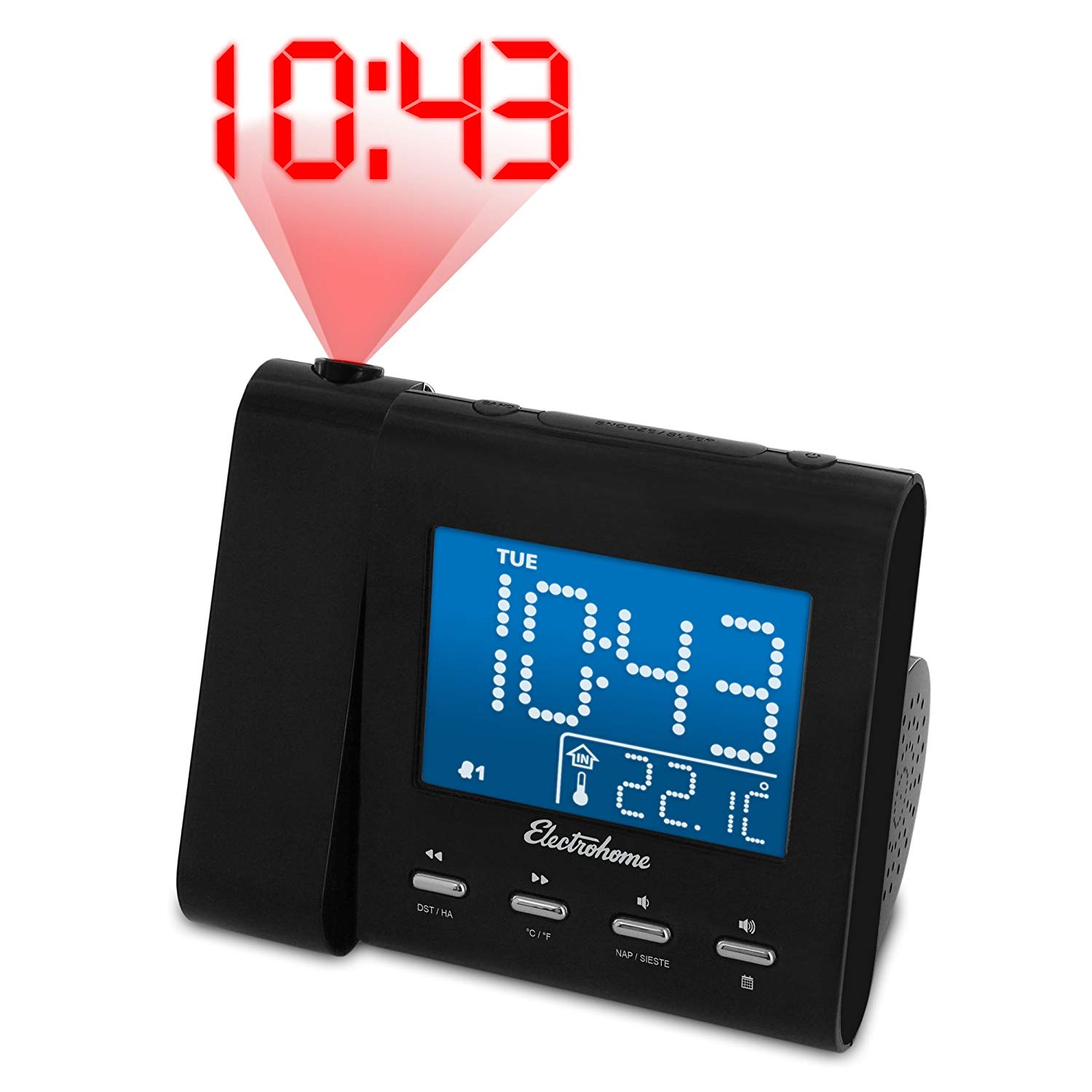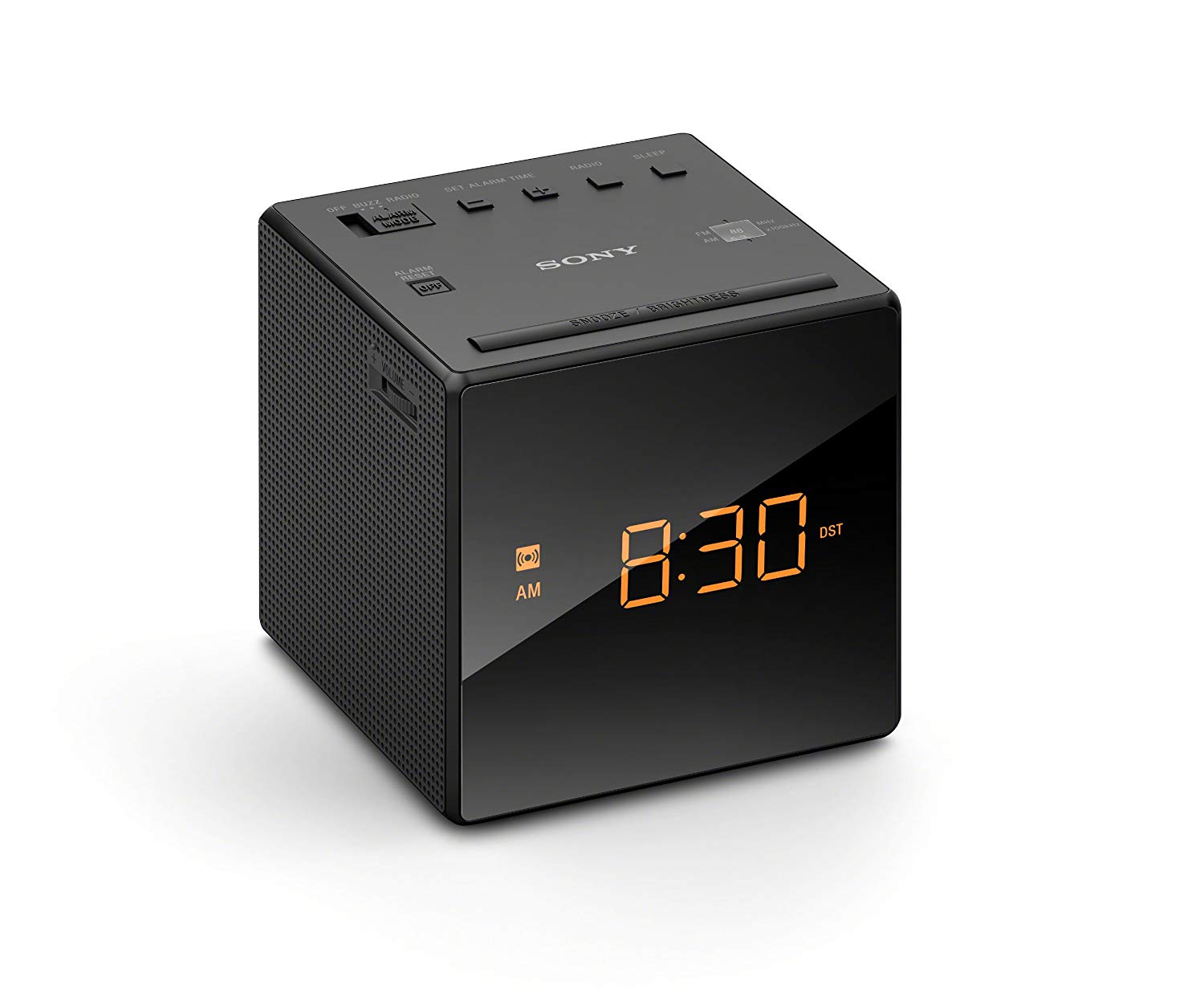hOmeLabs Sunrise Simulation Alarm Clock
Last updated: December 13, 2023
Children and adults who often wake up during the night will appreciate that the hOmeLabs Sunrise Simulation Alarm Clock comes with a built-in night light. It also features eight light colors with the option to dim the lights. The handy touchscreen allows users to quickly change the settings, while the conveniently placed snooze button provides a few more minutes of slumber.
We looked at the top Alarm Clocks and dug through the reviews from some of the most popular review sites. Through this analysis, we've determined the best Alarm Clock you should buy.
Product Details
Key Takeaway: The hOmeLabs Sunrise Simulation Alarm Clock has an abundance of features, including a night light, FM radio and USB charger.
In our analysis of 60 expert reviews, the hOmeLabs Sunrise Simulation Alarm Clock placed 8th when we looked at the top 17 products in the category. For the full ranking, see below.View our Alarm Clock buying guide for in-depth advice and recommendations.
